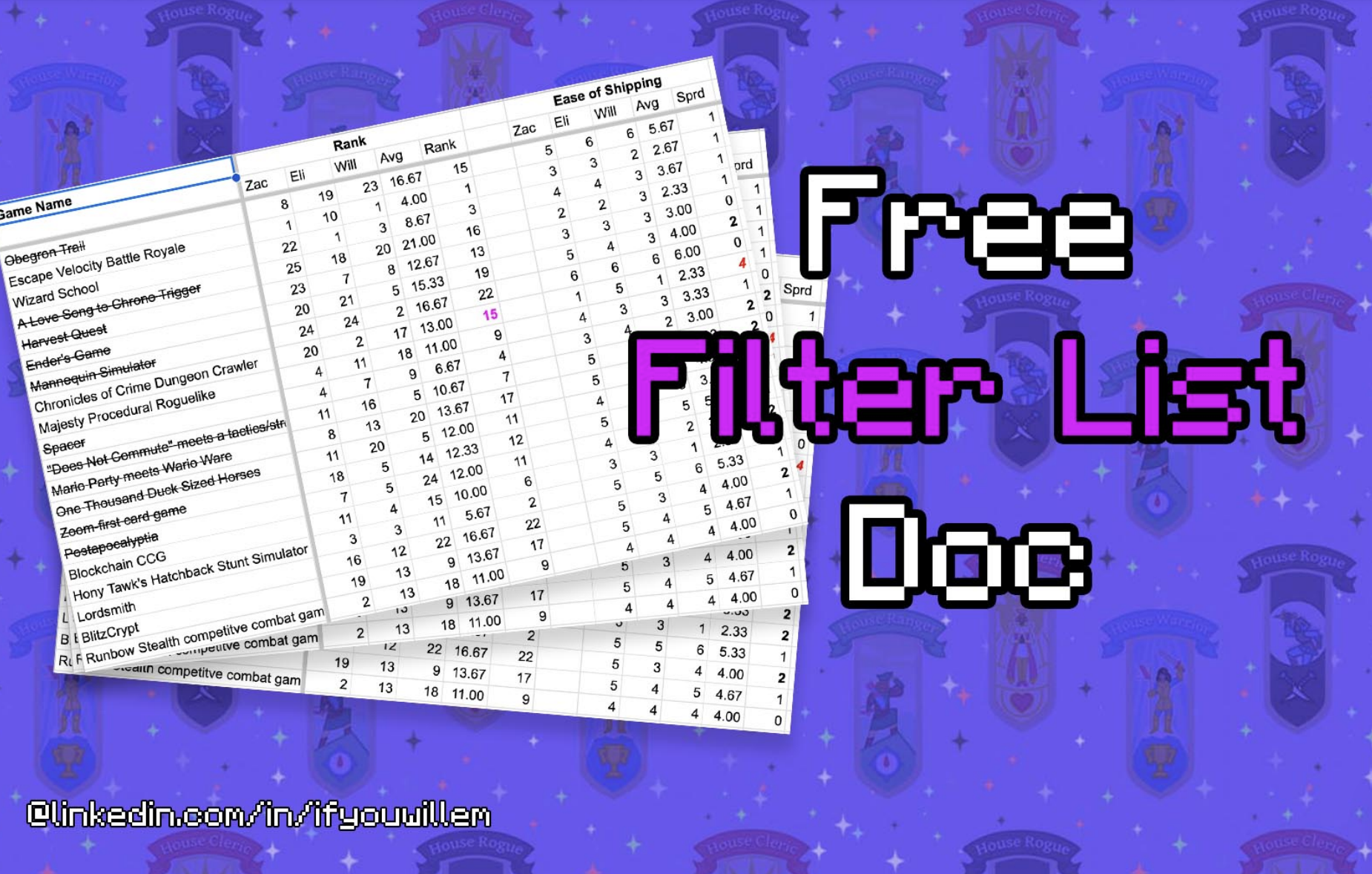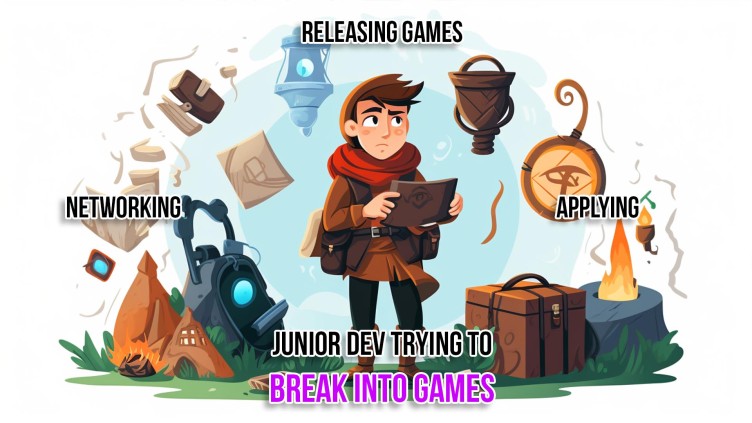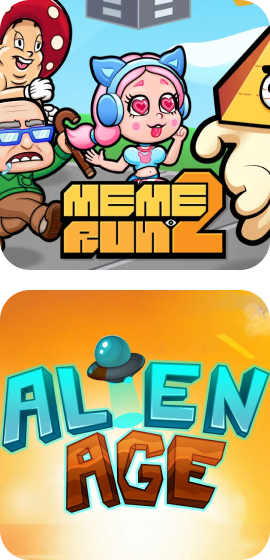How to Design an RPG Progression System that Keeps Players Engaged

Creating a captivating RPG (Role-Playing Game) experience goes beyond stunning graphics and a gripping storyline. A crucial element that keeps players invested is the progression system. A well-designed RPG progression system not only offers a sense of accomplishment but also encourages players to explore, strategize, and immerse themselves in the game world. In this article, we will delve into the key components of crafting a compelling RPG progression system that keeps players engaged throughout their journey.

1. Clear Goals and Milestones
A successful RPG progression system starts with setting clear and achievable goals for players. These goals give players a sense of direction and purpose, motivating them to progress further. Milestones act as markers of achievement, breaking down the journey into manageable segments. For example, in “The Elder Scrolls V: Skyrim,” players embark on a quest to defeat the mighty dragon Alduin, providing a clear overarching goal. Along the way, they complete smaller quests, join factions, and improve skills, each contributing to their overall advancement.
2. Diverse Skill and Ability System
A robust RPG progression system offers players a variety of skills and abilities to develop. This diversity allows players to tailor their characters to fit their preferred playstyle. Take “The Witcher 3: Wild Hunt” as an example. Geralt, the protagonist, can learn combat techniques, alchemical concoctions, and magical spells. This rich array of options ensures that players can experiment and create unique character builds, enhancing replayability.
3. Meaningful Choices and Trade-offs
Engagement flourishes when players must make meaningful decisions that have consequences. Introduce trade-offs to your RPG progression system to encourage thoughtful strategy. In “Divinity: Original Sin 2,” players must select from a range of character origins, each with distinct strengths and weaknesses. These choices impact the narrative and gameplay, prompting players to weigh their options carefully.
4. Dynamic Difficulty Scaling
Maintaining a sense of challenge is pivotal in retaining player interest. A dynamic difficulty scaling mechanism ensures that the game remains engaging without becoming frustrating. “Dark Souls” exemplifies this approach with its intricate level design and enemy encounters. As players improve their skills, the game adapts, providing increasingly formidable adversaries. This not only prevents monotony but also offers a gratifying sense of progression.
5. Loot and Equipment Variety
Rewarding players with a diverse array of loot and equipment fuels their desire to explore and conquer. The thrill of discovering powerful weapons or rare armor pieces can be a powerful motivator. Games like “Diablo 3” excel at this by offering a plethora of loot, each with unique attributes that can drastically impact gameplay. The constant pursuit of better gear becomes a driving force in the player’s journey.
6. Character Customization and Cosmetics
A sense of ownership over characters enhances player attachment. Incorporate customization options that allow players to visually personalize their avatars. Beyond stats and abilities, “Mass Effect” lets players modify their character’s appearance, fostering a deeper connection. Additionally, offering cosmetic items, such as outfits or skins, provides a non-gameplay avenue for progression, appealing to a broader audience.
7. Engaging Storytelling
A well-crafted RPG progression system should be intertwined with an engaging narrative. Progression milestones should align with story events, creating a seamless blend of character development and plot advancement. “Dragon Age: Inquisition” excels at this by integrating character growth with pivotal story decisions. As players make choices, their characters evolve, and the narrative branches, resulting in a personalized experience.
8. Community and Social Features
Harness the power of community to enhance player engagement. Implement features that encourage interaction and collaboration. Multiplayer RPGs like “World of Warcraft” thrive on cooperative gameplay, fostering social bonds. By including guilds, group quests, or shared world events, players are more likely to remain engaged due to the sense of camaraderie and shared accomplishments.
9. Regular Content Updates
To maintain long-term engagement, deliver regular content updates that expand the game world and progression options. “The Elder Scrolls Online” demonstrates this approach by introducing expansions that introduce new regions, quests, and abilities. These updates rejuvenate player interest and ensure that there’s always something fresh to explore and achieve.
10. Feedback and Iteration
Lastly, a successful RPG progression system is a result of continuous refinement based on player feedback and data analysis. Monitor player behavior, listen to their suggestions, and be prepared to make adjustments. The “Final Fantasy XIV” team turned a disastrous launch into a success story by revamping the game based on player input, leading to a resurgence in engagement and popularity.
Conclusion
Designing an RPG progression system that captivates players requires a delicate balance of goals, choices, challenges, and rewards. By incorporating clear objectives, diverse skill systems, meaningful choices, and engaging storytelling, you can create an immersive experience that keeps players invested for the long haul. Remember that player feedback and iteration are key to ensuring that your progression system evolves with your audience’s needs and desires. Craft a world where each achievement feels earned and every milestone leads to new adventures.
Join our vibrant Discord community and follow us on social media to stay updated on our latest RPG developments. Together, we can continue to create unforgettable gaming experiences that resonate with players around the world. Your journey awaits!


